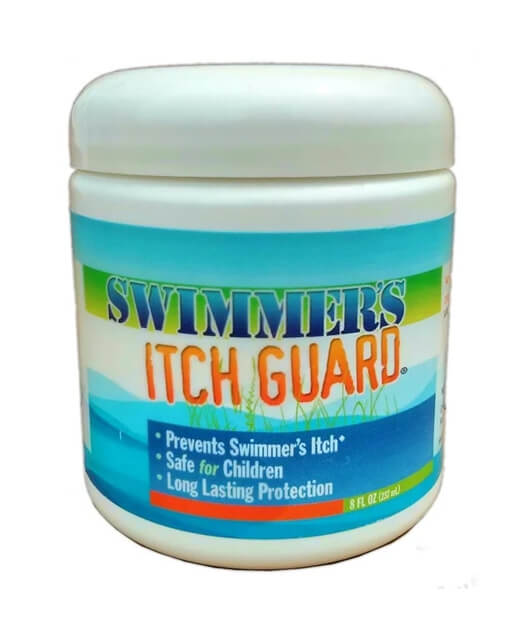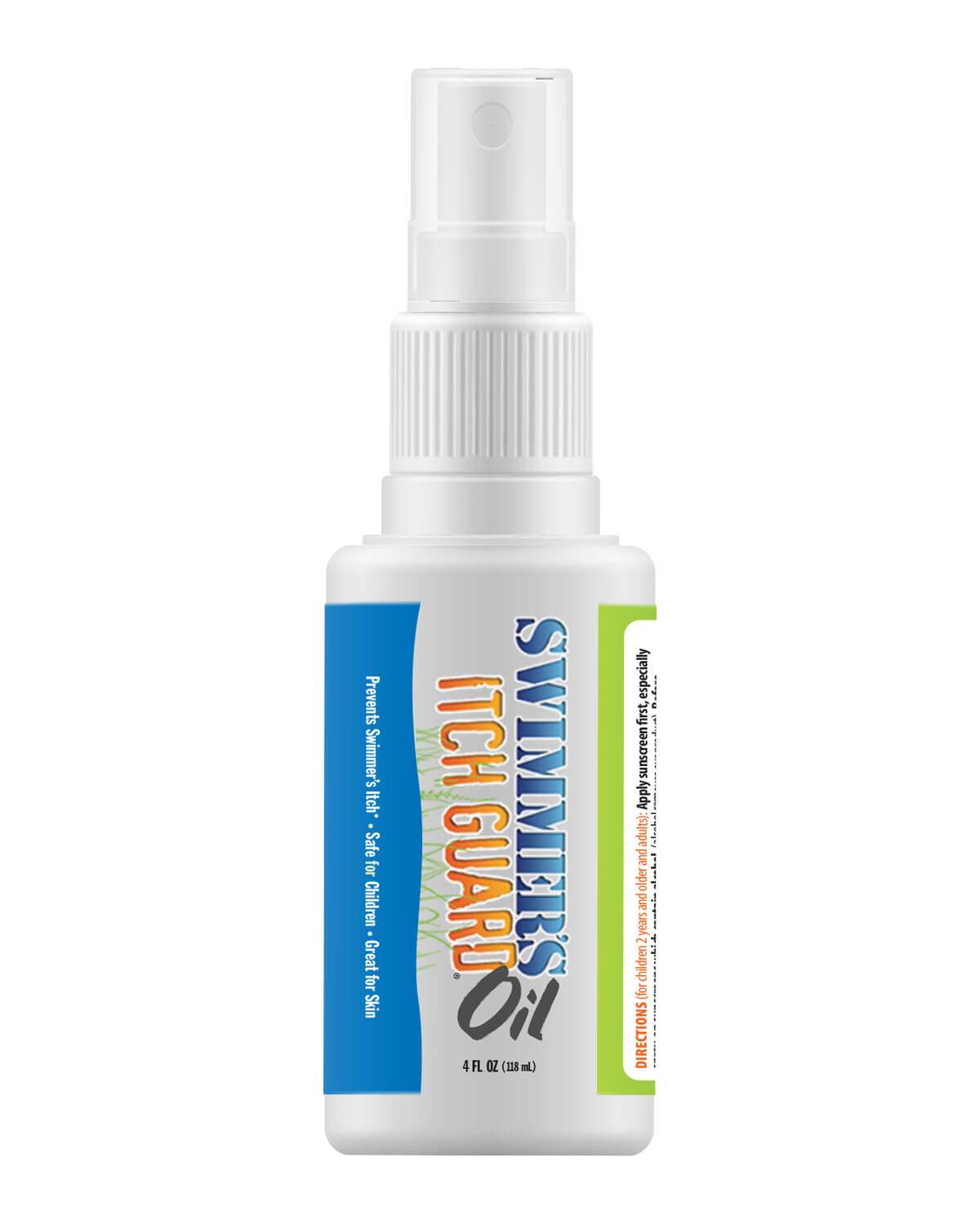What is Swimmer’s Itch
How Swimmer's Itch Begins
Swimmer’s itch is a skin reaction by sensitized people, to a larval stage (cercaria) of a group of flatworms whose adults usually live in the veins associated with the intestine of its vertebrate hosts (waterfowl and mammals that live in or near the water). The microscopic-sized worms lay eggs that work their way into the lumen of the intestine of the vertebrate host (duck) so that they can be passed out with the feces. Upon contact with water and light, a ciliated form (miracidium) hatches and swims in a zigzag pattern hoping to contact a specific species of snail. When it gets closer, there appears to be a chemical attraction emitted from the snail which leads to the miracidium penetrating the snail. The miracidium does not enter just any snail, but members of a single species.
Life Cycle and Human Contact
Once in the snail, the miracidium migrates to an internal organ, changes to form a network of tubes (sporocysts) that begin reproducing at an incredible rate. About a month later, the end products (cercariae) are released daily, usually early in the morning, stimulated by light. The number of cercariae released each day can be up to several thousand. These forms, living for nearly 24 hours, are dispersed by wind and wave action. This process is repeated daily for each snail from the late spring to early fall. Size of snail, age of the infection and water temperature are important factors in determining how many cercariae are released each day. If the cercariae come in contact with a person, they will penetrate the epidermis(skin); however, in people, they do not have the proper enzymes to proceed further, so they die. In birds, they continue to enter their natural hosts and develop into adult worms.
Symptoms and Reactions
In sensitized people, the cercaria enters the epidermis and dies. Immediately, a small, red area forms. Within 30 hours, this area of the skin becomes much larger in diameter and then becomes reddened and raised. It is now called a papule that will itch intensely for up to two weeks. There is often a reduced reaction when someone is exposed for the first time. Subsequent exposures usually cause a more severe reaction and children and adults with fair complexions, are usually affected the most.



